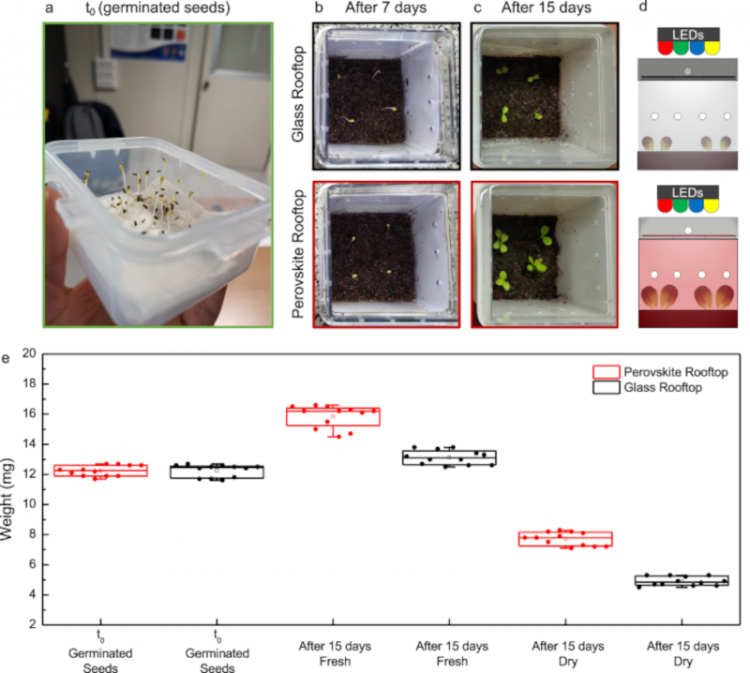
The remarkable properties characteristic of phase change materials (PCMs) make them the most interesting candidates for emerging applications in memories, photonics, displays, ovonic threshold switch selectors, and non von Neumann computing. Nanoscale volumes of PCMs can be rapidly switched between structural phases with distinct optical and electrical properties, by employing sub-nanosecond laser or electrical pulses.Typical phase change materials are chalcogenide alloys but other, non-traditional compositions, such as GaSb, VO2 or 2-dimensional MoTe2 have been of renewed interest because they also exhibit reversible phase transitions, with high contrast in macroscopic properties. To succesfully employ these advanced functional materials in a broad range of applications, a number of challenges need to be overcome. These include device integration issues, novel device architectures, increase in the storage density, and reliability. Solutions require both technological advances, as well as a deeper understanding of the fundamental material physics. Moreover, while the crystalline and the amorphous phase are usually adopted as functional states, switching between two crystalline phases or between a metallic and insulating state has been also proposed as a key mechanism for new possible applications.
This symposium will cover advances in devices for optical and electronic applications, as well as in material science. It will bring together the technological and scientific communities, being of interest to electronics and process engineers, physicists, chemist and materials scientists working on emerging electronics, including novel nanoscale integration with 2D materials and also nanophotonics and plasmonics. The symposium is designed to be a synergistic event that allows exchange of novel ideas and knowledge-base to propel progress in this important scientific field.
Topics will include:
- Physics and materials science of phase change materials
- Biology-inspired / neuromorphic devices
- Phase change materials for reconfigurable logic applications
- Device integration and performance, low power devices
- Processing issues in device fabrication
- Phase change materials in photonic memories and displays
- Optical and thermal properties of phase change materials
- Multi-level storage
- Reduced dimensionality structures of phase change materials
- Layered and superlattice phase change materials
- Topological insulating properties of phase change materials
- Application of phase change materials to PCRAM devices and optical storage
- Theory and Computer simulations of structural and electronic processes in phase change materials
- Concepts and enabling technologies for 3D memory, OTS devices
- Integration of phase change materials into hybrid nanostructures
Joint Sessions are being considered with ED2—Materials and Devices for Neuromorphic-Engineering and Brain-Inspired Computing,
ED10—Material Platforms for Plasmonics and Metamaterials—Novel Approaches Towards Practical Applications.
- A tutorial complementing this symposium is tentatively planned.
Invited Speakers:
- Raffaella Calarco (Paul Drude Institute, Berlin, Germany)
- Nicola Ciocchini (Intel-Micron, USA)
- Muneaki Hase (University of Tsukuba, Japan)
- Peiman Hosseini (Bodle Technologies, United Kingdom)
- Daniele Ielmini (Politecnico di Milano, Italy)
- Aaron Lindenberg (Stanford University, USA)
- Anbarasu Manivannan (Indian Institute of Technology Indore, India)
- Riccardo Mazzarello (RWTH Aachen University, Germany)
- Antonio M Mio (Physikalisches Institut,RWTH Aachen University, Germany)
- Valerio Pruneri (Institute of Photonic Science, Barcelona, Spain)
- Evan Reed (Stanford University, USA)
- Robert Simpson (Singapore University of Technology and Design, Singapore)
- Véronique Sousa (CEA, Leti, France)
- Rashid Zia (Brown University, Providence, USA)
Symposium Organizers
Stefania M S Privitera
Consiglio Nazionale delle Ricerche (CNR)
Institute for Microelectronics and microsystems (IMM)
Italy
390955968233, stefania.privitera@imm.cnr.it
Harish Bhaskaran
University of Oxford
Department of Materials
United Kingdom
44-1865-273772, harish.bhaskaran@materials.ox.ac.uk
Eric Pop
Stanford University
Electrical Engineering
USA
650-725-8768, epop@stanford.edu
Yuta Saito
National Institute of Advanced Industrial Science and Technology (AIST)
Japan
81-29-861-8013, yuta-saito@aist.go.jp









